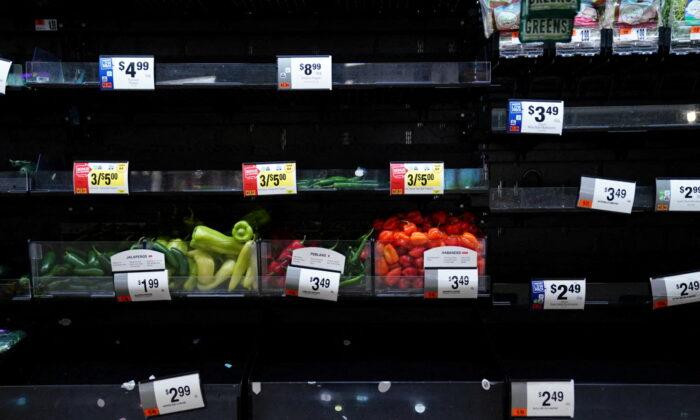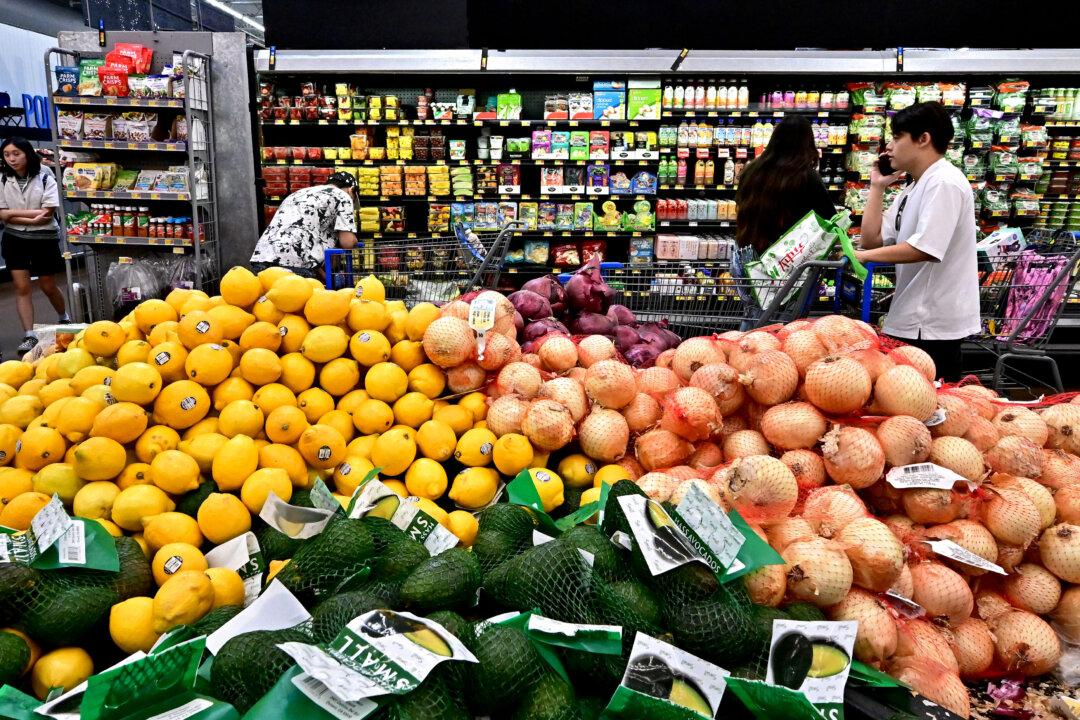I was on my knees in the dirt, blood on my hands, milking colostrum—the life force—from a dying cow named Arabella. Her body was suspended by a hip lift and cradled in the forks of a Bobcat. My husband stood nearby with a 9mm in hand, waiting. My foster son sat quietly in the Bobcat seat. Several ranch guests looked on, some weeping. My friend Lindsay knelt beside the calf, while Arabella, with the last of her strength, stretched her head to lick her baby.
She was dying. Her uterus had fully prolapsed. Blood poured down her hindquarters. She couldn’t stand. And yet, even in that moment of agony, her instinct was to mother—to love and nurture her baby.
We had bought Arabella from an auction, along with two other underweight Guernsey-type cows. They weren’t ideal genetics. Just neglected and thin. We gave them time to recover before breeding, but Arabella was bred to a bull we hadn’t used before. We didn’t know what size calves he might throw—maybe that was mistake number one.
Because they weren’t in milk, we sent them to a leased property with more forage, along with our beef herd. We didn’t have eyes on them every day. It’s no excuse, but it’s the truth. The forage there was sufficient for beef cows—but not for pregnant dairy heifers with higher nutritional needs. Months later, my husband went to check on them, saw their condition, and immediately trailered them home.
We gave them round bales, supplemental grain, and treated them with diatomaceous earth for lice. They began to recover. Arabella regained condition. The patches where she lost hair were filling in. Her due date was May 12. I was checking on her often. She was back with the herd, moving daily to fresh forage.
The day before her due date, someone camping nearby sent me a photo and asked, “Is this normal?” Arabella was upside down, legs flailing in the air, stuck on her back. My heart dropped. There was a small hill in the pasture—I believe she laid down and rolled onto her back and couldn’t get up. Cows can die like that. We rushed over. My husband and uncle managed to get her upright, and we left to get equipment. Ten minutes later, she was down again.
We moved her to the pens near the dairy barn. We used a hip lift and the forks of the Bobcat to get her upright. Several times a day, we got her up so she could stand briefly before lying back down to rest. She seemed okay—chewing her cud, alert, able to stand for short times and bear some weight.
The vet came and administered dexamethasone to induce labor. At the time, it felt like the right call. I now question that decision often.
When labor began, I assisted minimally. I simply held the hooves between contractions so we didn’t lose progress during the pushes. The calf came quickly and stood soon after. Arabella seemed alert and capable. But she didn’t attempt to get up, so we used the hip lift and hammock one more time to raise her.
That’s when it happened.
As we lifted her, her uterus prolapsed completely. On a down cow, there’s no chance of recovery. On a standing cow, survival is rare—about 50 percent. But Arabella was too weak, and I knew in that moment we were losing her.
So I knelt beside her, covered in afterbirth, blood, and manure, and milked out the colostrum into a stainless steel bucket while she used her last energy to lick her calf. I prayed for wisdom—real wisdom—so that I would never make these same mistakes again.
When I had collected about half a gallon—enough to sustain her calf for the day—we let the forks of the Bobcat down. My husband met my eyes. He raised the gun, and with a single shot, he ended her suffering.
The crack of the 9mm echoed across the ranch. We all cried.
Arabella died a mother. She died trying to do what was right. Her instinct to love and nourish was stronger than her pain. She wanted to live. She wanted her baby to live.
This is the reality of animal husbandry. It’s not curated or romantic. It’s bloody, painful, and full of hard lessons. And it forces you to face your failures.
Arabella’s death made me ask the hard questions: Did the nutritional deficiencies mid-pregnancy play a role? Did the steroid intervention do more harm than good? Should we have bred her at all?
And if these questions matter for a cow, how much more do they matter for us?
What are we feeding our bodies—especially in pregnancy? How quickly do we intervene with drugs instead of nourishment and care? What happens when we ignore small compromises, believing they won’t add up to anything real?
I don’t just ask these questions for my animals. I ask them for my family, my community, and our culture. We’ve grown distant from the consequences of our choices. We’ve lost the instinct to ask why before we act.
Arabella taught me something I’ll never forget. Her calf is alive today, being bottle fed hopefully we can move her to a nurse cow soon. But Arabella’s death left a scar on me. And I carry it as a reminder: Life is fragile, care is costly, and wisdom comes only through living close to the truth.







